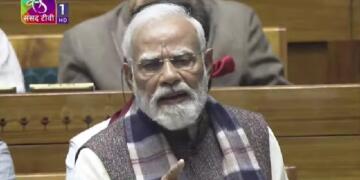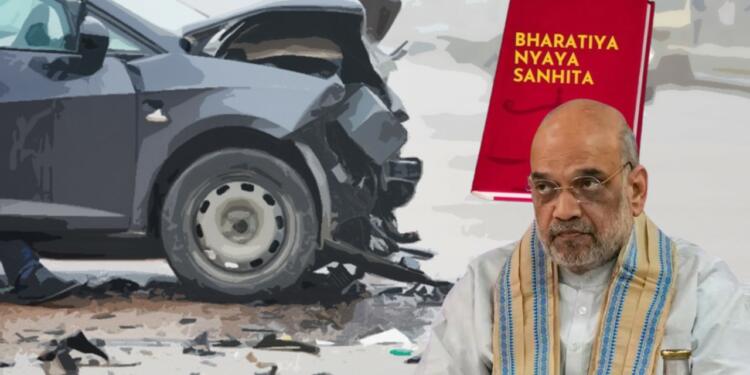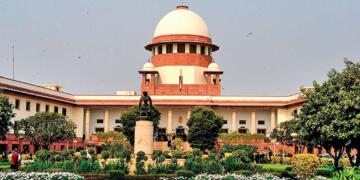In response to a concerning surge in deadly accidents, India recently underwent a revision of its hit-and-run laws. The Bharatiya Nyaya Sanhita, backed by Prime Minister Narendra Modi, now imposes stricter penalties on individuals causing fatal crashes who choose to flee the scene without reporting to the police.
The Bharatiya Nyaya Sanhita introduces two specific categories under the charge of “causing death by negligence.” The first category deals with death resulting from any reckless or careless act that doesn’t qualify as a major crime, with potential penalties of up to five years in prison and a fine. The second category focuses on causing death through reckless and negligent driving, not amounting to a major crime. Offenders in this category could face up to 10 years of imprisonment and a fine if they fail to promptly report the incident to the authorities.
In India, an estimated 2.17 million road accidents occurred between 2018 and 2022, according to data from the Ministry of Road Transport & Highways (MoRTH). This estimate, although provisional pending the final 2022 report, gives a comprehensive view of the road safety situation in the country.
When categorising these accidents by vehicle type, a clear pattern emerges. Two-wheelers, which include motorcycles, scooters, and mopeds, are the leading contributors to both accidents and fatalities. They were involved in about 44.5% to 50% of the total accidents and accounted for approximately 40% to 45% of road deaths. Cars, jeeps, and taxis, categorised as light vehicles, were the second most common vehicles in accidents. They were involved in roughly 25% to 30% of accidents and contributed to 15% to 20% of road fatalities.
Heavier vehicles like trucks and buses, though involved in fewer accidents (around 10% to 15% of the total), have a higher fatality rate due to the severity of crashes, accounting for 15% to 20% of road deaths. Tractors and other vehicles make up a smaller percentage of both accidents and fatalities, with less than 5% in each category.
This legislative shift departs from the previous legal framework where individuals accused in hit-and-run cases faced more lenient penalties under Section 304A of the Indian Penal Code, with a maximum of two years in jail upon identification.
The Bharatiya Nyaya Sanhita reflects a deliberate move towards more severe consequences for hit-and-run offences, emphasising the government’s commitment to addressing the escalating menace on Indian roads.
Also Read: Laws that Modi Government needs to repeal or amend immediately
However, the rollout of this legal amendment has not been without contention. Truck drivers and bus operators, particularly in certain states, have taken to the streets in protest. Various transporter and farmer organisations have vehemently criticised the legislation, demanding its immediate repeal.
The core motive of the protesters revolves around the argument that accidents involving trucks are not solely attributable to the negligence of truck drivers. They claim that many incidents result from the recklessness exhibited by drivers of smaller vehicles who fail to adhere to traffic laws. According to the upset voices, placing the blame squarely on truck drivers fails to consider the broader context of road safety.
>>>Click the link to Join Our WhatsApp Channel<<<
However, it’s imperative to understand that the hit-and-run laws in Bharatiya Nyaya Sanhita applies uniformly across all vehicle types, not singling out any specific group. The apprehensions of the truck drivers bring to the fore the importance of clear communication regarding the law’s objectives and its equitable application.
The Bharatiya Nyaya Sanhita marks a paradigm shift in India’s approach to hit-and-run incidents, signalling a departure from leniency to a more punitive stance. However, the protests from truck drivers and other stakeholders highlight the need for a more nuanced understanding of the factors contributing to road accidents. The ongoing dialogue between the government and dissenting voices will determine the future trajectory of road safety legislation in India, striking a delicate balance between accountability and fairness.
Support TFI:
Support us to strengthen the ‘Right’ ideology of cultural nationalism by purchasing the best quality garments from TFI-STORE.COM






























